


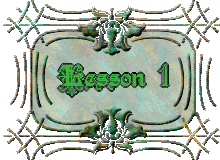

Soil Ecology---Fertilizers and Pesticides (The Soil Ecosystem, Physical Evolution of the Soil, Soil Life-Forms, Organic Versus Inorganic Fresh Produce, Classification and Effects of Fertilizers, Rational Soil Fertilization, Effects of Pesticides, and the Nitrate and Nitrite Controversy); Toxic Pollutants (Environmental Toxins and Poisons in the Home and Office, Low Level Radiation, and Natural Antidotes); Toxic Metals (Toxic Metals and Human Health, Toxic Metals and Psychiatric Disorders, Toxic Metal Sources and Symptoms, and Minimizing the Effects of Toxic Metals).

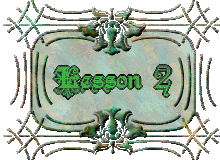

Effects of Alcohol, Caffeine and Tobacco (Composition of Individual Chemical Compounds, Toxic Effects and Related Ailments or Disease-Conditions, and Caffeine-Content in Various Food Substances); Food Additives and Preservatives (Classifications of Food Additives and Contaminants, Adulteration of Foods and Beverages, Synthetic Antioxidants and MSG, Synthetic Versus Natural Colors and Flavorings, and Hidden Chemical Additives and Preservatives in the Average American Diet).

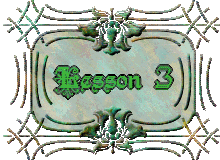

Synthetic Drugs (Drug Abuse or Dependency, and Toxic Effects of Synthetic Medication and Prescription Drugs); Effects of Synthetic Versus Natural Cosmetics (Pretty Poisons); Fluoride and Fluoridation (Toxic Effects of Fluoride, Current Research on Chromosome Damage and Various Other Harmful Effects, and Regional Government and Fluoridation).



Toxic or Poisonous Plants (Introduction and History, Distribution of Toxins in Plant Genera, Toxicity Related to Type of Animal, Growing Conditions and the Handling of Plant Products, Natural Toxins or Poisons in Various Plants, Herbal Toxicity and Contraindications, Preventing Plant Poisoning, and First Aid for Poisoning by Plant Alkaloids); Organic Insect Pest Control (Biological Insect Control, Commercially Available Microbial Controls, Cultural Insect Control, Organic Soil Enrichment and Weed Control, and Common Pests of Gardens and Homes).

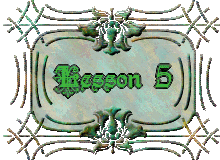

Protection Against Common Poisons in Food, Water, Air and Environment (Carbon Monoxide, Ozone and Nitrogen Dioxide, Lead, Mercury, DDT, Cadmium, Strontium 90, Radioactive Iodine, X-rays, Toxic Effects of Drugs, Nitrates or Nitrites, Avoiding Pesticide Residues in Fresh Produce, and General Protective Measures Against a Toxic Environment); Non-Toxic Substitutes; Ecology at Home; Negative Ion Generation.

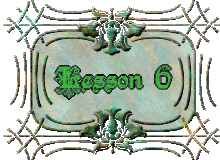

The Nature of Toxins; The Diagnosis of Toxicity; Diseases Directly Associated with Various Pollutants; Clinical Characteristics of Certain Pollutants; Detoxification and the Healing Crisis (Cleansing Reaction); Basic Detoxification Program and Procedures (Dietary Suggestions and Regenerative Foods, Supplements and Botanical Medicines).

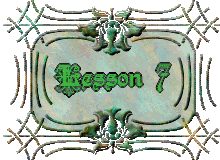

Physiology of Fasting; Facts and Fallacies of Fasting; Fasting as a Method of Detoxification; Fasting and Excretion (Cleansing the Colon); Eliminating or Alleviating the Healing Crisis; Benefits and Dangers of Fasting (Symptoms of Elimination, Mental and Emotional Symptoms, Prevention of Toxic Reabsorption, Danger Signals, Estimated Loss of Tissue During the Fast, and Possible Side-Effects).



Proper and Improper Indications (When to and When Not to Fast); Proper and Improper Methods (General Fasting Guidelines); Types of Fasts (General Cleansing Fasts, The Five-Day Fast, The Seven-Day Fast and Colon-Cleansing Program, Mini-Fasts and Semi-Fasts, and the Forty-Day Spiritual Fast); General Rules for Breaking the Fast; Fasting in Order to Enhance One's Mental and Spiritual Awareness.

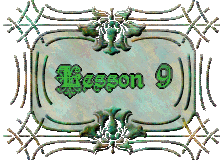

Facts About Raw Juices; Raw Versus Cooked Foods (Effects of Cooking Foods, Importance of Biologically Active Enzymes in Our Diets, Abnormal White Blood Cell Changes with Cooked Food, The Effect of Cooking on Vitamins and Other Food Components, and Food Temperatures and Bodily Function); The Benefits of Raw Juices.

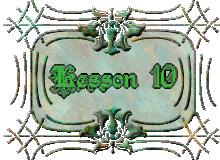

Juice Formulas for Specific Ailments and Disease-Conditions (General Recommendations, Dietary Modifications, Beneficial Nutrients and Juices, and Suggested Juice Recipes).



Description, History and Physiology of Hydrotherapy; Sources, Varieties, Uses and Properties of Water; Functions of the Skin; General Rules of Hydrotherapy; Effects of Hot and Cold Water; Internal Use of Water (Enemas and Colonics); History and Development of Colon Irrigation (Applications and Cautions); Personal Hygiene (Skin Care, Exercise, Bathing and Mental States).

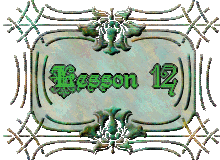

Methods and Applications of Hydrotherapy (Cold Full Bath, Warm Full Bath, Hot Full Bath, Cold Half Bath, Warm Half Bath, Hot Half Bath, Cold Foot Bath, Warm Foot Bath, Contrast Foot Bath, Cold Eye Bath, Warm Eye Bath, Face Bath, Cold Sitz Bath, Warm Sitz Bath, Contrast Sitz Bath, Full Steam Bath, Abdominal Steam Bath, Facial Steam Bath, Herbal Bath Additives, Leg Bath, Sinus Bath, Ear Bath, Hip Bath, Turkish Bath, Douche, Wet Sheet Bath, Medicated Bath, Washes and Gushes, Wet Wraps, Steam and Vapor Baths, Pack Baths (Water, Castor Oil, Epsom Salt, Rock Salt, Onion, Potato, etc.), Fomentations, Cold Compresses, Heating Compresses, Tonic Friction and Sponging, and Bath Oils); Hydrotherapy for the Treatment of Specific Disorders; Useful Bath Formulations.
